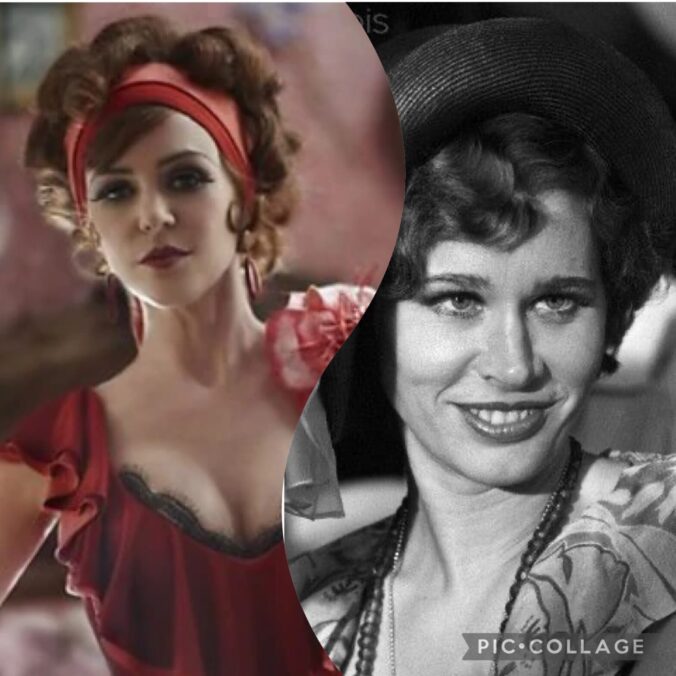Myrtle Wilson in F. Scott Fitzgerald’s “The Great Gatsby.” is portrayed as a woman who is desperate to escape her lower-class life and seeks to improve her social status. Myrtle is married to George Wilson, who owns a garage, but she is having an affair with Tom Buchanan, which she believes will lead her to a better life.
Myrtle is depicted as lively and passionate, but also shallow and materialistic. She is often seen as someone willing to go to great lengths to achieve her desires, including engaging in a relationship with Tom, who represents wealth and power. Her character embodies the themes of aspiration and the pursuit of the American Dream, but her tragic fate also highlights the emptiness and moral decay behind that dream.
Those words describe Myrtle Wilson based on her actions and motivations in “The Great Gatsby.”
– Ambitious: She seeks a better life and is willing to pursue relationships that she believes will elevate her status.
– Materialistic: Myrtle is focused on wealth and luxury, often associating her self-worth with material possessions.
– Passionate: She experiences strong emotions, particularly in her affair with Tom, showing her desire for a more exciting life.
– Desperate: Myrtle’s actions stem from a deep dissatisfaction with her life, leading her to make risky choices.
– Flirtatious: She actively seeks attention from Tom and enjoys the thrill of their affair.
– Discontented: Myrtle is unhappy in her marriage to George and longs for something more fulfilling.
– Shallow: Her values often revolve around superficial aspects of life, like wealth and social status.
– Reckless: Myrtle’s decisions, including her affair and her behavior in the city, demonstrate a lack of foresight and care for consequences.
– Unfulfilled: Despite her efforts to change her life, she remains ultimately dissatisfied and unfulfilled.
– Tragic: Her story ends in tragedy, highlighting the dangers of her aspirations and the harsh realities of her choices.


Leave a Reply